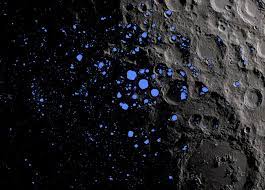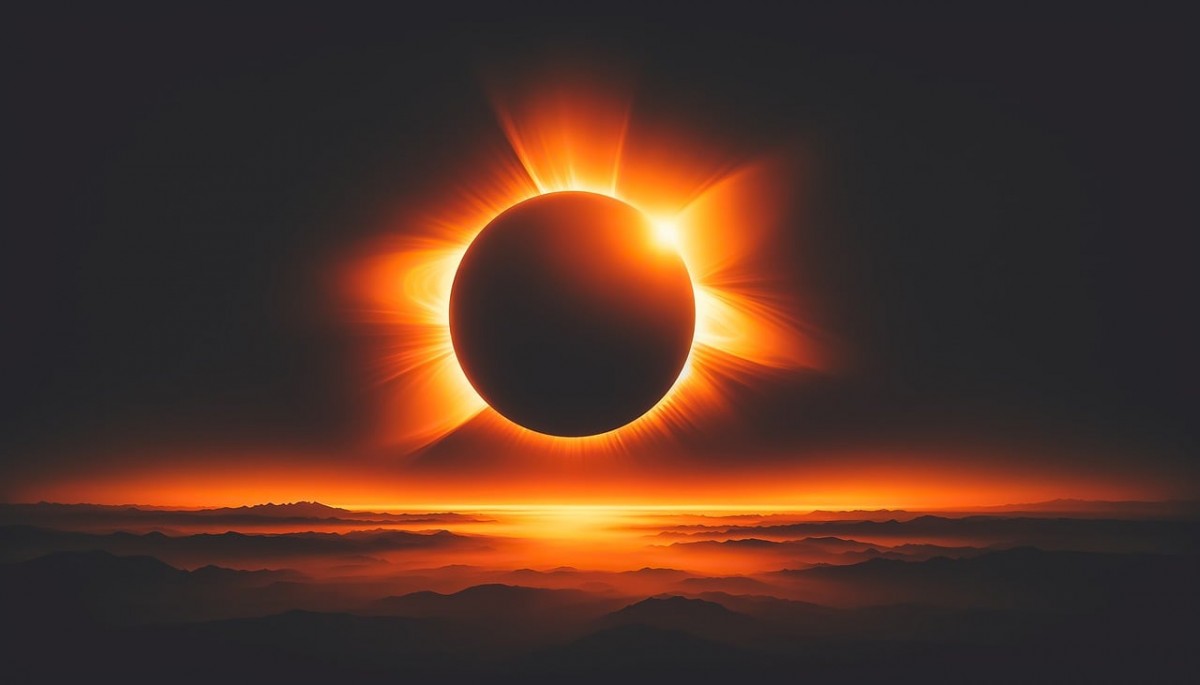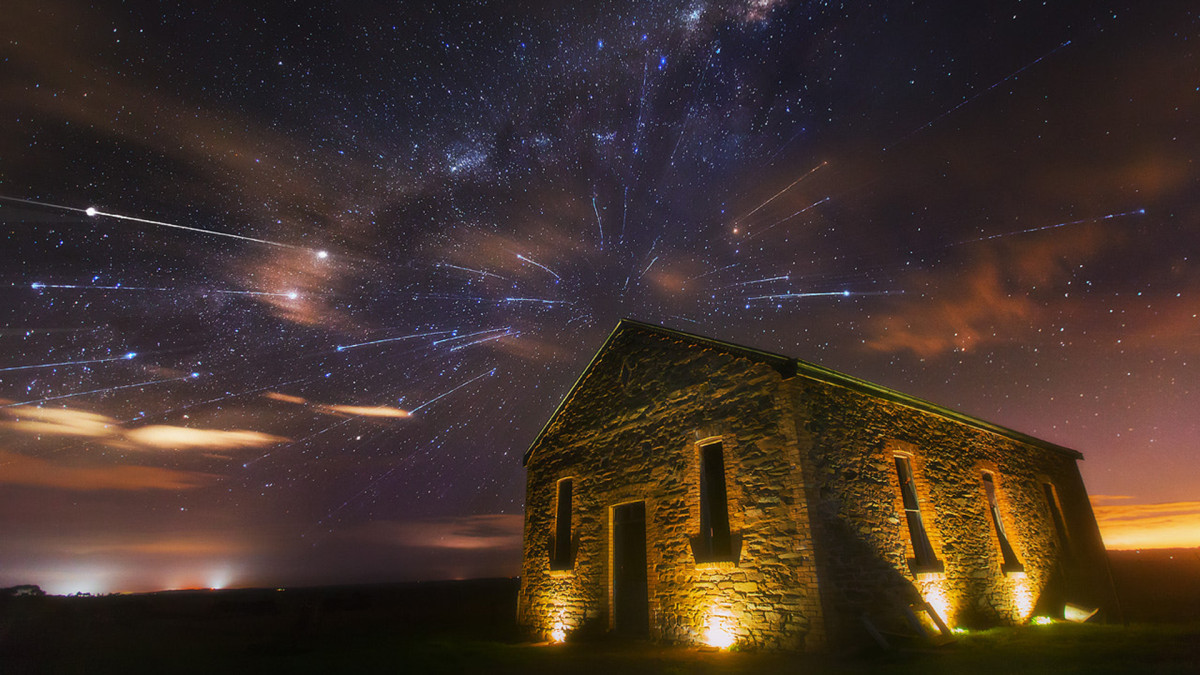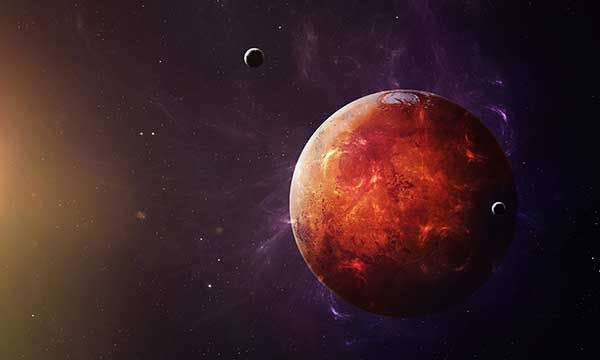SOFIA, which is a modified Boeing 747SP jetliner that flies at altitudes up to 45,000 feet. It has an infrared camera that picked up the wavelength unique to water molecules. The data showed water in concentrations of 100-412 parts per million trapped in 1 cubic metre of soil.
SOFIA’s mission is to look at dark and distant objects. The Moon, on the other hand, is so close and bright that it fills the SOFIA guide camera’s entire field of view. In August 2018, just to check whether SOFIA could reliably track the Moon, scientists tried a test observation. It was from this test that came the detection of water. Scientists are now planning more observational flights.
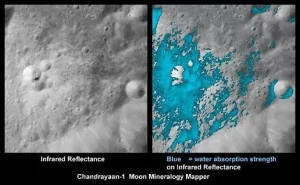
The Chandrayaan-2 mission Moon
On 14 November 2008, the Moon Impact Probe (MIP) on-board the Chandrayaan-1 orbiter separated from it at a height of 100 km and struck the lunar south pole. The impact was controlled and the probe hit the designated spot.
The location of impact was the Shackleton crater, and the point of impact was named Jawahar Point. When it touched the soil, the MIP ejected the lunar soil (called regolith) off the ground. It is revealed the presence of water ice.
This made India the fourth country to place a flag on the moon, despite it being just an insignia.







